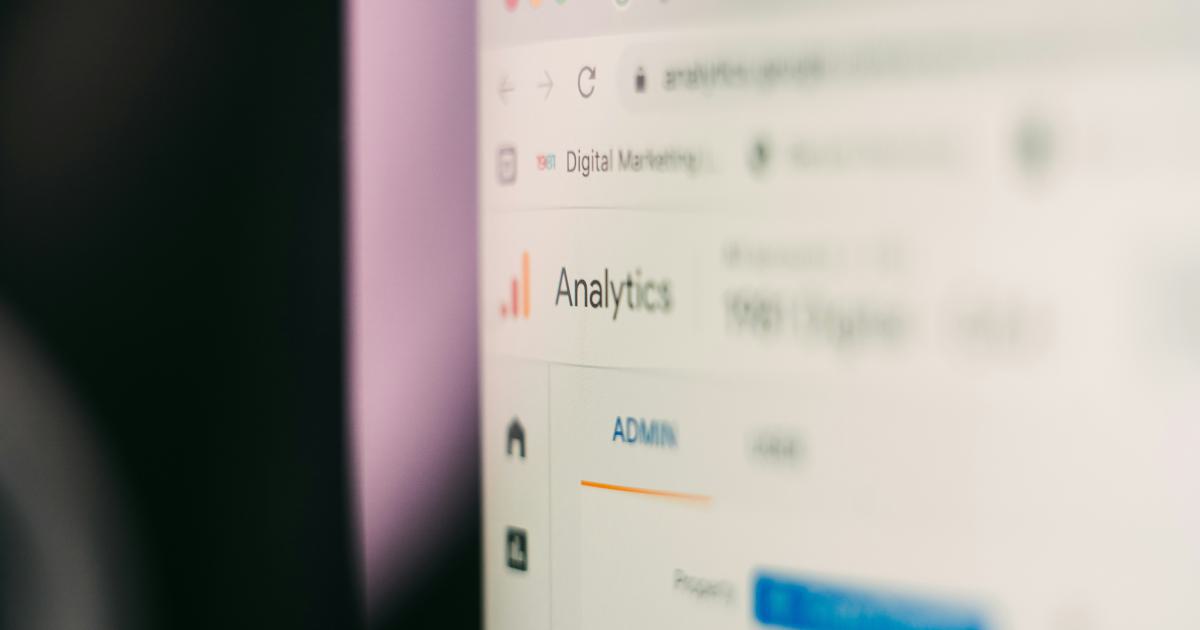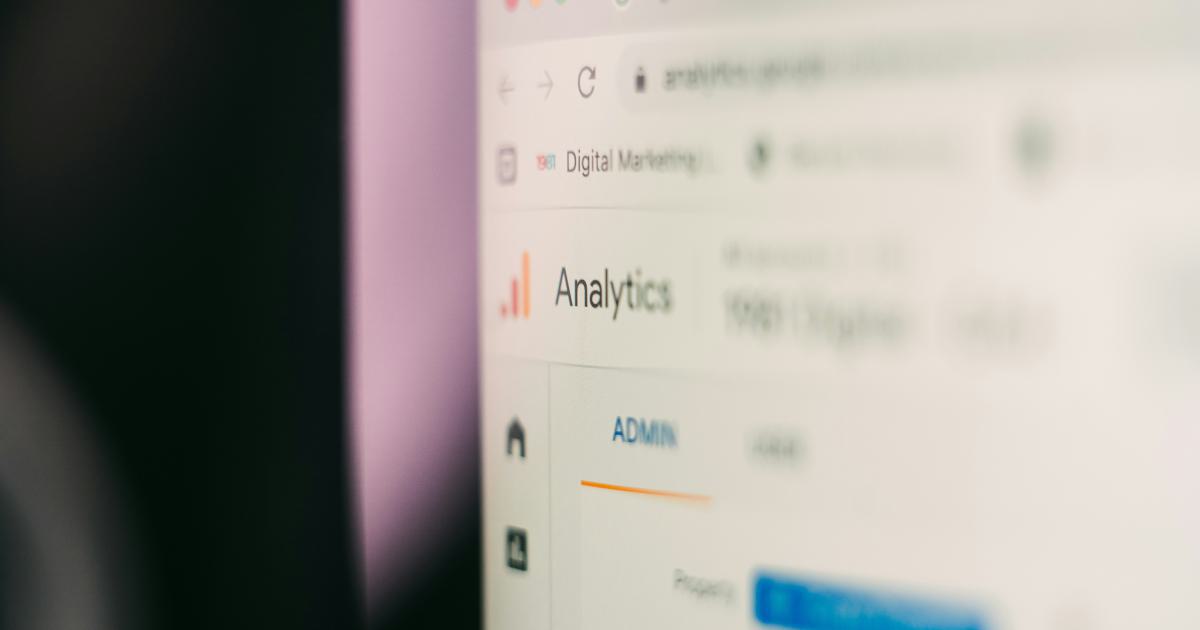Universal Analytics vs. Google Analytics 4: Future-Proof Tracking?


Introduction
In the ever-evolving world of digital analytics, the transition from Universal Analytics (UA) to Google Analytics 4 (GA4) has become a significant topic of discussion among marketers, analysts, and website owners. As Google prepares to sunset Universal Analytics in July 2023, understanding the key differences between these two platforms is crucial for ensuring a smooth and effective transition to the new era of data tracking and analysis.
This comprehensive article will provide a detailed comparison of Universal Analytics and Google Analytics 4, exploring the various features, capabilities, and implications of each platform. By examining the strengths, weaknesses, and future-readiness of these analytics tools, we will help you determine the best approach to future-proof your digital tracking and make informed decisions about your data strategy.
Overview of Subjects
Universal Analytics (UA): Universal Analytics is the current iteration of Google's web analytics platform, which has been the industry standard for many years. Launched in 2012, UA has been the go-to tool for businesses and organizations to track website traffic, user behavior, and marketing performance. It offers a robust set of features and integrations, making it a powerful and widely adopted analytics solution.
Google Analytics 4 (GA4): Google Analytics 4 is the latest version of Google's analytics platform, introduced in 2020. Designed to be more adaptable and future-proof, GA4 represents a significant shift in the way data is collected, organized, and analyzed. With a focus on cross-device tracking, machine learning-powered insights, and increased privacy measures, GA4 aims to provide a more comprehensive and flexible analytics experience.
Comparison Criteria
To thoroughly evaluate the differences between Universal Analytics and Google Analytics 4, we will examine the following key criteria:
Criterion 1: Data Collection and Structure
Universal Analytics (UA)
Universal Analytics utilizes the traditional session-based data model, where user interactions are organized into individual sessions. This approach has been the foundation of Google's analytics offerings for years, providing a familiar and well-established structure for data analysis. UA collects data primarily through the use of the analytics.js tracking code or the Google Tag Manager platform.
Google Analytics 4 (GA4)
In contrast, Google Analytics 4 employs a more event-based data model, where each user interaction is recorded as an individual event. This shift in data structure allows for more granular and flexible analysis, as events can be customized and tracked in a variety of ways. GA4 utilizes the gtag.js tracking code or the Google Tag Manager platform for data collection.

Criterion 2: Cross-Device and Cross-Platform Tracking
Universal Analytics (UA)
Universal Analytics primarily focuses on website-based tracking, with limited support for cross-device and cross-platform data integration. While it does offer some capabilities for tracking user interactions across multiple devices, the overall experience can be fragmented and challenging to manage.
Google Analytics 4 (GA4)
Google Analytics 4 places a stronger emphasis on cross-device and cross-platform tracking, leveraging machine learning and Google's broader data ecosystem to provide a more unified view of user behavior. GA4 is designed to capture data from websites, mobile apps, and other digital touchpoints, allowing for a more comprehensive understanding of the customer journey.
Criterion 3: Reporting and Insights
Universal Analytics (UA)
Universal Analytics offers a wide range of standard reports and custom reporting options, providing users with a wealth of data and insights. The platform's reporting capabilities include audience analysis, acquisition data, behavior tracking, and conversion metrics. UA also supports the creation of custom reports and the use of numerous built-in and third-party integrations.
Google Analytics 4 (GA4)
Google Analytics 4 takes a more streamlined approach to reporting, focusing on the most essential metrics and insights. The platform's reporting interface has been redesigned to be more intuitive and user-friendly, with a greater emphasis on visualization and data exploration. GA4 also introduces new reporting features, such as enhanced funnel analysis, predictive metrics, and deeper integration with Google's machine learning capabilities.

Criterion 4: Privacy and Data Governance
Universal Analytics (UA)
Universal Analytics has been designed with traditional web analytics in mind, with a focus on collecting and analyzing user data for marketing and optimization purposes. While UA provides some privacy-related features, such as IP anonymization and user data deletion, it may not fully address the evolving privacy landscape and regulations, such as the General Data Protection Regulation (GDPR) and the California Consumer Privacy Act (CCPA).
Google Analytics 4 (GA4)
Google Analytics 4 has been engineered with a stronger emphasis on privacy and data governance. The platform offers enhanced data controls, including the ability to define data retention periods, manage user consent, and implement data minimization techniques. GA4 also integrates with Google's broader privacy and security ecosystem, providing users with more robust data protection and compliance features.

Criterion 5: Integrations and Ecosystem
Universal Analytics (UA)
Universal Analytics has a well-established ecosystem of integrations, with support for numerous third-party tools and platforms. This includes popular e-commerce platforms, content management systems, and marketing automation tools. UA's integration capabilities allow for seamless data sharing and the creation of comprehensive, data-driven marketing strategies.
Google Analytics 4 (GA4)
Google Analytics 4 continues to build upon the integration capabilities of its predecessor, offering connections to a wide range of Google and third-party tools. The platform's enhanced data flexibility and event-based structure enable deeper integrations with other components of the Google Marketing Platform, as well as external applications and services.

Similarities
While Universal Analytics and Google Analytics 4 have distinct differences, there are also several similarities between the two platforms:
Google Ecosystem Integration: Both UA and GA4 are deeply integrated with the broader Google ecosystem, allowing for seamless connections with other Google products, such as Google Ads, Google Search Console, and Google Tag Manager.
Data Visualization and Reporting: Both platforms offer robust data visualization and reporting capabilities, enabling users to analyze their data and generate insights.
Audience Segmentation: Both UA and GA4 provide advanced audience segmentation and targeting features, allowing users to create customized audience groups for more targeted analysis and marketing efforts.
Goals and Conversions: Both platforms support the tracking and measurement of key performance indicators, such as website goals, conversions, and e-commerce transactions.
Differences
The key differences between Universal Analytics and Google Analytics 4 can be summarized as follows:
Data Model: UA uses a session-based data model, while GA4 employs an event-based data model, providing more granular and flexible data collection.
Cross-Device Tracking: GA4 offers more sophisticated cross-device and cross-platform tracking capabilities, leveraging machine learning and Google's broader data ecosystem.
Reporting and Insights: GA4 has a more streamlined reporting interface, focusing on essential metrics and integrating predictive analytics, while UA provides a wider range of standard and custom reporting options.
Privacy and Data Governance: GA4 has been designed with stronger emphasis on privacy and data governance, with enhanced data controls and integration with Google's privacy and security ecosystem.
Ecosystem Integrations: Both platforms offer robust integration capabilities, but GA4 builds on this by enabling deeper connections with other components of the Google Marketing Platform and external applications.
Analysis
The transition from Universal Analytics to Google Analytics 4 represents a significant shift in the way digital data is collected, organized, and analyzed. This change is driven by several key factors, including the evolving privacy landscape, the increasing importance of cross-device and cross-platform tracking, and the growing demand for more flexible and adaptable analytics solutions.
Universal Analytics, while a powerful and well-established platform, has its limitations in addressing these emerging trends and requirements. The session-based data model and the platform's focus on website-centric tracking can make it challenging to maintain a comprehensive view of the customer journey, especially as user behavior continues to diversify across multiple devices and digital touchpoints.
In contrast, Google Analytics 4 has been designed to be more future-proof, with a stronger emphasis on cross-device tracking, machine learning-powered insights, and enhanced privacy features. The event-based data model in GA4 allows for more granular and flexible data collection, enabling businesses to gain deeper insights into user behavior and make more informed strategic decisions.
However, the transition to GA4 is not without its challenges. Migrating historical data, redefining custom reports and metrics, and adapting to the new platform's interface and features can require significant time and resources. Additionally, the lack of feature parity between UA and GA4 in the early stages of the transition may result in the loss of certain functionality or the need for workarounds.
Despite these challenges, the long-term benefits of transitioning to Google Analytics 4 make it a necessary step for businesses and organizations seeking to future-proof their digital analytics and remain competitive in an ever-evolving digital landscape. The enhanced cross-device tracking, privacy-focused data governance, and machine learning-powered insights offered by GA4 can provide a significant advantage in understanding and engaging with customers in a more meaningful and effective way.
Conclusion
The comparison between Universal Analytics and Google Analytics 4 highlights the evolving nature of digital analytics and the importance of adapting to the changing landscape. While Universal Analytics has served as the industry standard for many years, the introduction of Google Analytics 4 represents a significant shift in the way data is collected, organized, and analyzed.
By embracing the event-based data model, cross-device tracking capabilities, and privacy-focused features of GA4, businesses can position themselves for long-term success and ensure that their digital analytics strategies remain future-proof. The transition process may present initial challenges, but the potential benefits of improved customer insights, more effective marketing strategies, and enhanced data governance make it a necessary investment for organizations seeking to thrive in the digital age.
As the July 2023 sunset of Universal Analytics approaches, it is crucial for businesses to start planning and preparing for the migration to Google Analytics 4. By understanding the key differences between the two platforms and the implications of the transition, organizations can make informed decisions, develop a strategic roadmap, and ensure a smooth and successful migration to the new era of digital analytics.